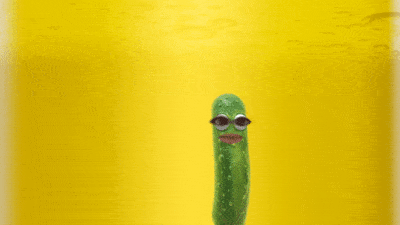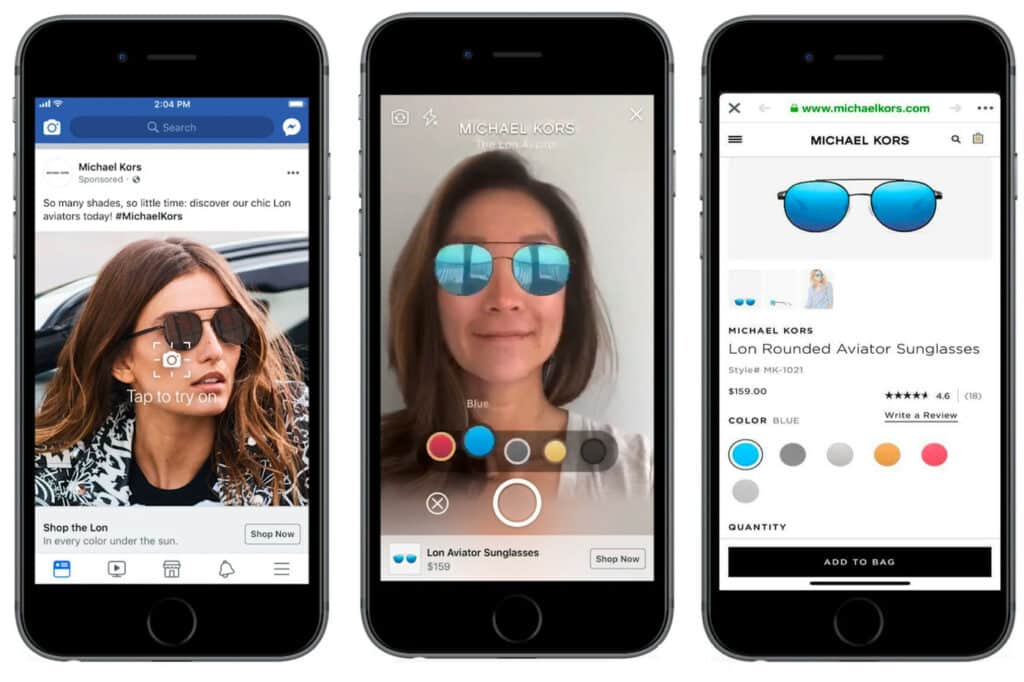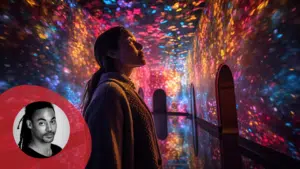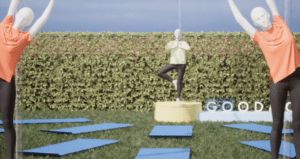Happy Finish’s Head of Client Services, Charly Levene, shares her insights on how change in customer behaviour affects social media and the immersive tech driving new trends in social engagement.
A Change in Customer Behaviour
Has anyone else found themselves getting lost in Tiktok for over an hour, or secretly attempted to do the Siren Beat Dance challenge? Have you changed your background on a Zoom Quiz to make it that bit more exciting? Or downloaded Snap Camera for filters for video conference calls? (Don’t recommend doing this – it may lead to your most important client witnessing you as an Augmented Reality pickle)!
(Charly Levene as an AR Pickle – Snap Camera)

We are in a world where pandemic-induced social distancing is not just the norm but has entered into our vernacular as a buzzword. We are uncertain as to how much longer it is going to be like this, but one thing is for certain, we are all confined to our own homes and desperately seeking entertainment. We find ourselves searching for new ways to fill that social craving, the need for stimulation, and in doing so our behaviour has changed irrevocably.
Social media has had a dramatic influence on our lives, leading to the pursuit of perfection from a boom in oversized desserts to filter-inspired plastic surgery. However, during lockdown consumers are embracing social media in new and different ways, leading to an unprecedented increase in social engagement – with a 25% increase in Instagram and TikTok use.
Snap is leading the way in engagement, generating revenue from AR brand-sponsored experiences and over 75% of daily active users are engaging with AR based content. Consumer interest and willingness to engage with AR experiences have increased and will undeniably lead to a habitual shift in the way consumers are willing to engage with branded content in the future.
Brands already embracing AR strategies seem to be winning, including the likes of L’Oreal, working with Snap to release a series of beauty oriented filters. They are incredibly effective at making it look as if you have a full face of makeup on and have washed your hair in a week – essential during lockdown!
Analysts expect global augmented reality ad market spend to reach $2.6 billion by 2022, as it takes ads past standard click and view towards involvement. AR ads have already proved to be more successful than standard ads with the likes of Nike selling out the Kyris 4s shoe in under an hour and a 14% incremental increase in Michael Kors Sunglasses sales from an AR try-on ad on Facebook.

(Michael Kors Try-On AR ad on Facebook)
Since my first foray into the AR world, almost 10 years ago now, I have been hearing that ‘AR is the future’, ‘next year will be the year of AR’ but in reality we have not seen this YET. With more time to engage with branded content and the rise of people engaging with AR filters, could 2020 be the actual year of AR?
Brands are now equipped with a new medium to engage and connect with their target audience, offering up unique experiences in the growing experience economy. So now is the time for brands to adapt to changes in consumer behaviour, and create engaging AR content that provides the opportunity to bring the outside world inside.
The outbreak of COVID-19 marks a time where we can no longer rely on large-scale production for content, and we need to look at the exciting digital world for new ways to connect with consumers. Real life feels like a thing of the past, so let’s work together to create new realities.
Interested to learn more about AR or immersive tech? Reach out to us here.




